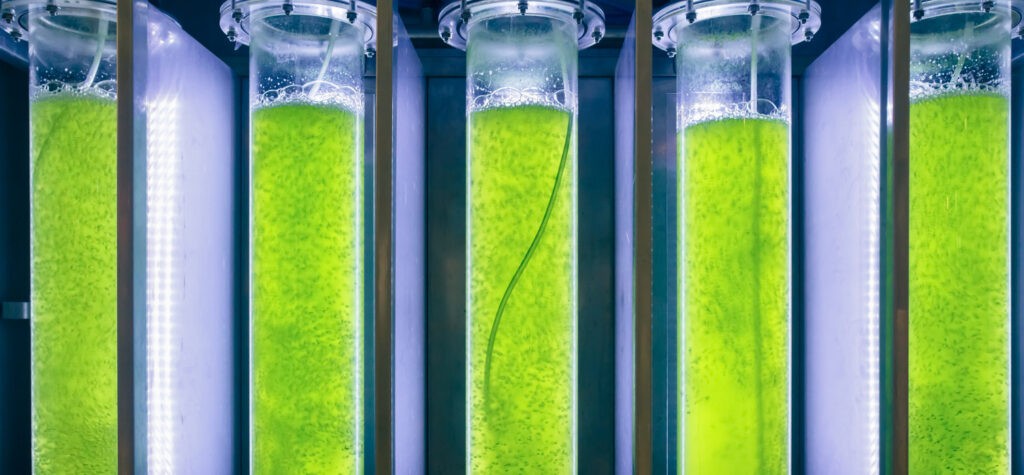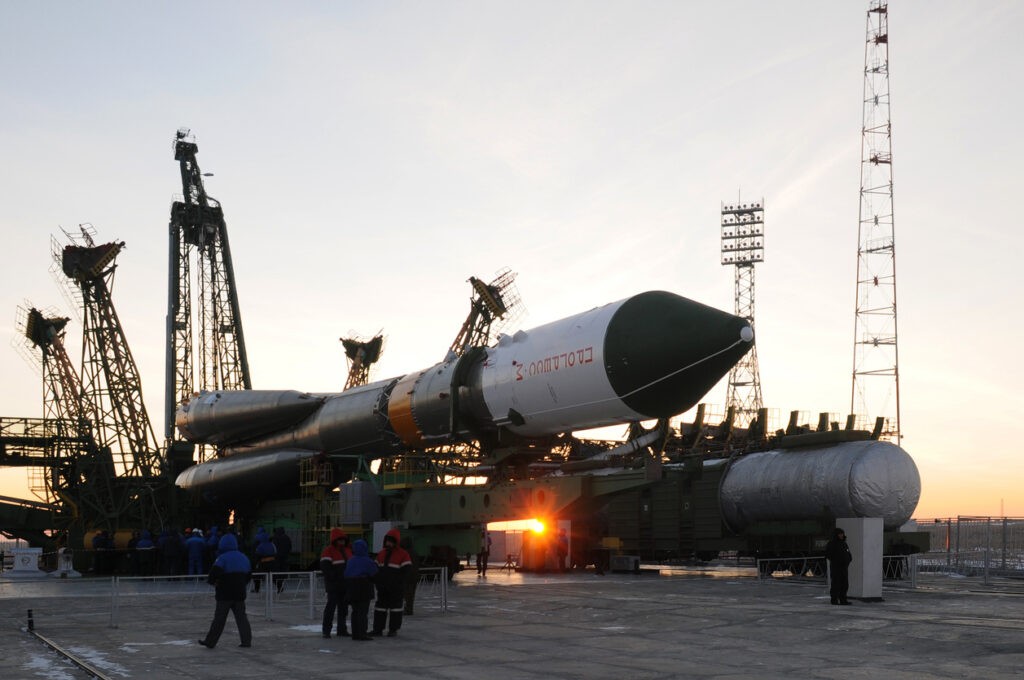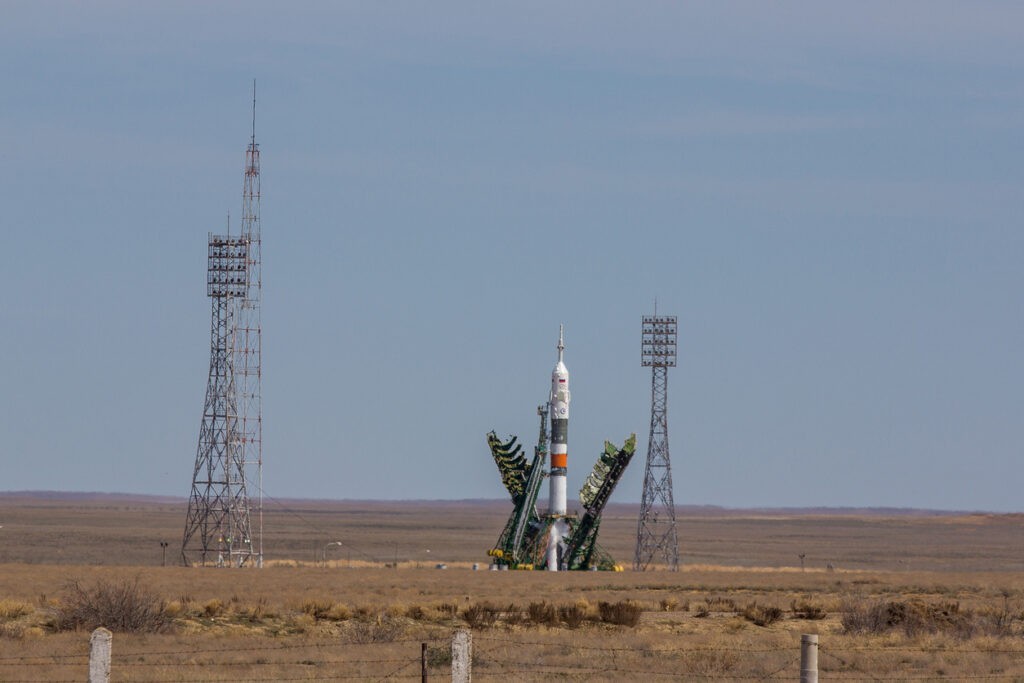Scientists in Turkmenistan Develop Lactose Gel for Skin Rejuvenation
Turkmen biotechnologists from the Academy of Sciences of Turkmenistan have developed an innovative lactose gel designed to rejuvenate and correct age-related skin changes. The State Service for Intellectual Property has officially recognized this technology and issued the relevant patent. The gel, based on milk whey, is used in dermatology and cosmetology. Its key task is to improve skin condition by restoring water and protein balance. Low-frequency ultra phonophoresis allows deep penetration of amino acid molecules, which contributes to cell recovery, improves cell nutrition and moisturizing, and stimulates the regeneration process. The basis of development is milk whey, which contains about 50% of the components important for maintaining skin health, such as proteins, lactose, vitamins, and minerals. These components are actively used in various industries, including cosmetics, due to their high biological value and unique physical and chemical properties. The head of the Academy's biotechnology department, Altyn Rakhmanova, emphasized that using whey in bionanotechnology is not only an effective way to create useful products but also an environmentally friendly approach. It is based on waste-free production, which minimizes the negative impact on the environment while increasing the value of the resulting products. Thus, this development demonstrates an innovative approach in the cosmetics industry, maximizing the benefits of natural resources and creating compelling products for the skin, providing comprehensive rejuvenation and restoration. Other developments in Turkmen science have been reported in recent weeks. Scientists have also developed a therapeutic ointment made of a widespread tree species in the country - maklura. The drug reduces inflammatory processes and helps to tighten wounds. In addition, scientists in Turkmenistan have developed a cream based on oil from silkworm cocoons, which is used in cosmetology. Before that, Turkmen scientists presented crackers made of camel thorn extract.






